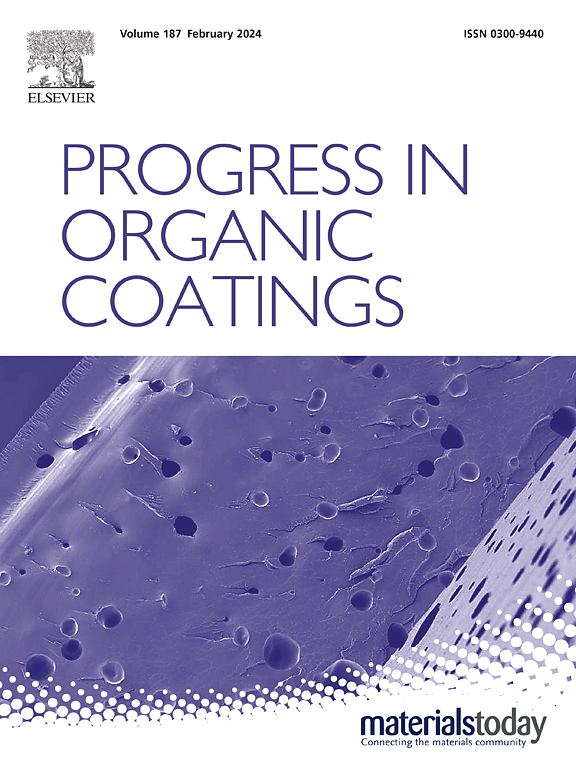Multiscale analysis of breakdown strength in polyimide nanocomposite films: Simulations, experiments, and machine learning
IF 6.5
2区 材料科学
Q1 CHEMISTRY, APPLIED
引用次数: 0
Abstract
Polyimide inorganic nanocomposites have become a major focus of research in various fields due to their excellent integrated properties. This study adopts a combination of theoretical simulations and experimental methods. Using Density Functional Theory (DFT) calculations, the microscopic properties of polyimide molecules and nano-TiO2 and nano-Al2O3 were investigated, while Molecular Dynamics (MD) simulations revealed the microscopic mechanism behind the thermal breakdown of polyimide films. Subsequently, polyimide/titanium dioxide (PI/nano-TiO2) and polyimide/titanium dioxide/alumina (PI/nano-TiO2/nano-Al2O3) nanocomposite films were prepared. The results showed that the breakdown strength of the PI/nano-TiO2 film was 3.58 times that of conventional polyimide films. The surface modification of nanoparticles was achieved by adding the coupling agent KH550, which enhanced the structure, morphology, and overall properties of the composite films, significantly improving their thermal stability. Our research framework adopts a multi-scale approach, starting with insights at the microscopic level obtained from Density Functional Theory (DFT) calculations and MD simulations, followed by experimental validation, and ultimately classifying the breakdown strength through machine learning. We systematically analyzed the breakdown performance of polyimide films across multiple scales, from molecular simulations and experimental analysis to machine learning, providing theoretical support and practical reference for the design of nanocomposite films, and demonstrating the potential of this material for high-performance dielectric applications.

求助全文
约1分钟内获得全文
求助全文
来源期刊

Progress in Organic Coatings
工程技术-材料科学:膜
CiteScore
11.40
自引率
15.20%
发文量
577
审稿时长
48 days
期刊介绍:
The aim of this international journal is to analyse and publicise the progress and current state of knowledge in the field of organic coatings and related materials. The Editors and the Editorial Board members will solicit both review and research papers from academic and industrial scientists who are actively engaged in research and development or, in the case of review papers, have extensive experience in the subject to be reviewed. Unsolicited manuscripts will be accepted if they meet the journal''s requirements. The journal publishes papers dealing with such subjects as:
• Chemical, physical and technological properties of organic coatings and related materials
• Problems and methods of preparation, manufacture and application of these materials
• Performance, testing and analysis.
文献相关原料
公司名称
产品信息
阿拉丁
Nano-TiO<sub>2</sub>
 求助内容:
求助内容: 应助结果提醒方式:
应助结果提醒方式:


